Editor’s Note: Vinaka to the late Dr. Albert Schutz, author of Fijian Reference Grammar and Discovering Fijian, who provided this segment on the Fijian Alphabet to FijiGuide. Be sure and visit his pages on Saying it in Fijian and Useful Fijian Words and Phrases. Dr. Schutz also edited The Diaries and Correspondence of David Cargill, 1832-1843,” and published by the Australian National University.
The Making of an Alphabet
To visitors, Fijian spelling may seem strange, since it uses several familiar letters in an unfamiliar way. But the alphabet came about through neither incompetence nor chance. Instead, it was based on trial and error, and on analysis.
Before the final alphabet was decided on, Wesleyan missionary David Cargill (1809-1843) who developed the Fijian spelling system, devised several schemes and experimented with them by noting how the Fijians reacted to them. If one plan didn’t work, he discarded it and tried another. Eventually, he found one that was simple, regular, and very satisfying to the Fijians who were learning to read for the first time.
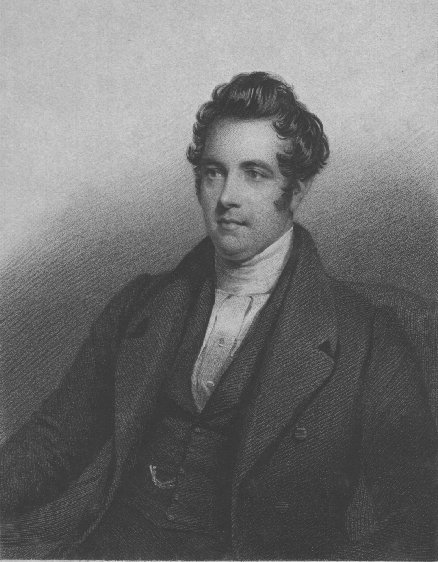
The consonant letters whose use seems unusual to English speakers are these:
- b, which represents mb, as in member.
- d, which represents nd, as in Monday.
- q, which represents ng+g, as in finger.
- dr, which represents n(d)r, as in Andrew
- g, which represents ng, as in singer.
- c, which represents th, as in father.
Why were they chosen? When Cargill first started writing Fijian, he wrote mb, nd, and gk (for ng, as in finger). Although speakers of English hear two consonants in each case, speakers of Fijian treat these clusters as if they were single consonants. So when Cargill wrote the island name Lakemba, his pupils inserted a vowel after m, pronouncing the word La ke ma mba. He described the next step in discovering how the system worked:
We therefore substituted one consonant for the two, & the natives were quite delighted with the improvement, and joyfully exclaimed, “You have just now known the nature of our language; we are just now able to read the books which you have written.

This is why the [nd] sound is written as d, and why [mb] is writ-ten as b. As for dr, the sound it represents is really [nr], but a [d] is heard between the two sounds.
No doubt g would have represented ng+g (as in finger) had it not already been used in Tongan for ng (as in sing). (The g spelling survived in Tonga until 1943, when it was changed to ng.) Instead, q was selected. So far as we know, neither Cargill nor Cross explained why they chose q. But we might guess that it was because it looks more like a g than does x or z, other possibilities.
We do know, however, why c was chosen for the sound of th (as in then). When Cargill began studying Fijian in Tonga, he saw that th was not the best way to spell the Fijian sound, since th is ambiguous in English. That is, it can represent either of two sounds, as in thin and then. Drawing on his background in classical languages, Cargill asked John Hobbs, the printer, for a special symbol: θ (theta). This is what Hobbs wrote in his diary:
I next printed a leaflet for Fiji. Mr. Cargill said, “I want you to cast me some Greek thetas.” I said, “The Th in Fijian is flat [voiced], and I am not a type founder; take one of our spare letters and make that do.” In a short time I got the thing printed giving C the sound of Th.
The name Fiji contains two consonants (f and j) not normally used in the language except in loanwords. This spelling is rather like an archaeological ruin that reflects a piece of the past. Although the standard language uses Viti for the name of the country, Tongan—at least before the mid 1800s— called the group Fiji (once pronounced Fichi, and now Fisi) because of certain regular consonant correspondences between the two languages.
Explorers, missionaries, and traders who were in the area near the turn of the nineteenth century probably first heard the name from Tongans. Their pronunciation is preserved in the early forms Fejee and Feejee. These orthographic relics persisted long after the spelling of other words was fixed. They may explain why the word Fiji is often mispronounced with both syllables accented, or the accent on the second syllable (it’s actually Fíji—accented on the first syllable).
©2022 Dr. Albert J. Schütz









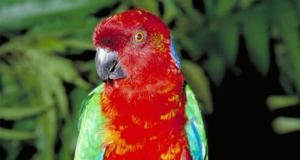


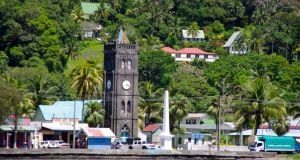










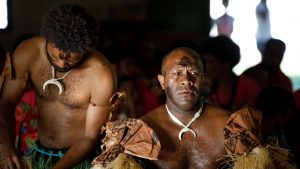












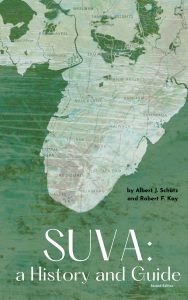
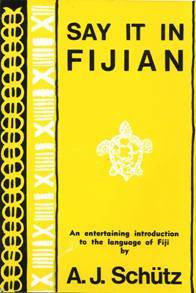



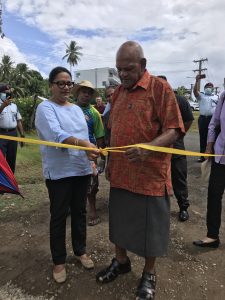

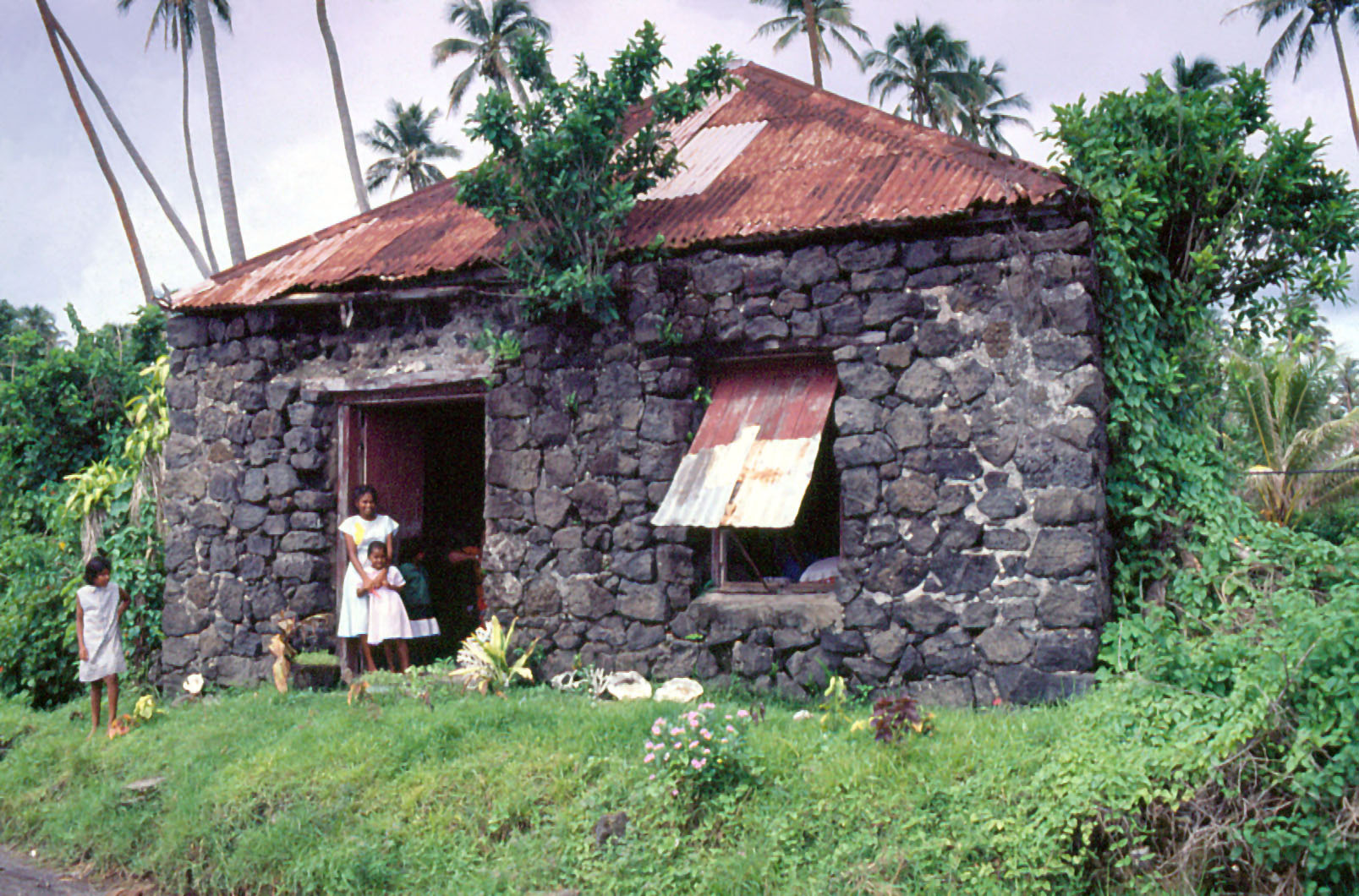
Vinaka Vakalevu for your riveting article here. Love the picture of #ValeVatu. Do you know where the picture was taken and year the picture was captured.
Vinaka,
Fijian Language Society
Bula Vinaka and my apologies for not replying to you earlier. I just noticed your kind words. I do not recall where that photo was taken. It was not taken by me. Please email me at rkay@fijigiuide.com and I will try to do some research. with warm regards, Rob Kay
Bula Vinaka Rob, Thank you for your reply. Will email you via your rkay@fijiguide.com and would love to have you come ON AIR on the Yalo i Viti (Spirit of Fiji) Research Radio Show each Thursday on Radio Viti e_ Aotearoa | Wellington Access Radio 106.1fm